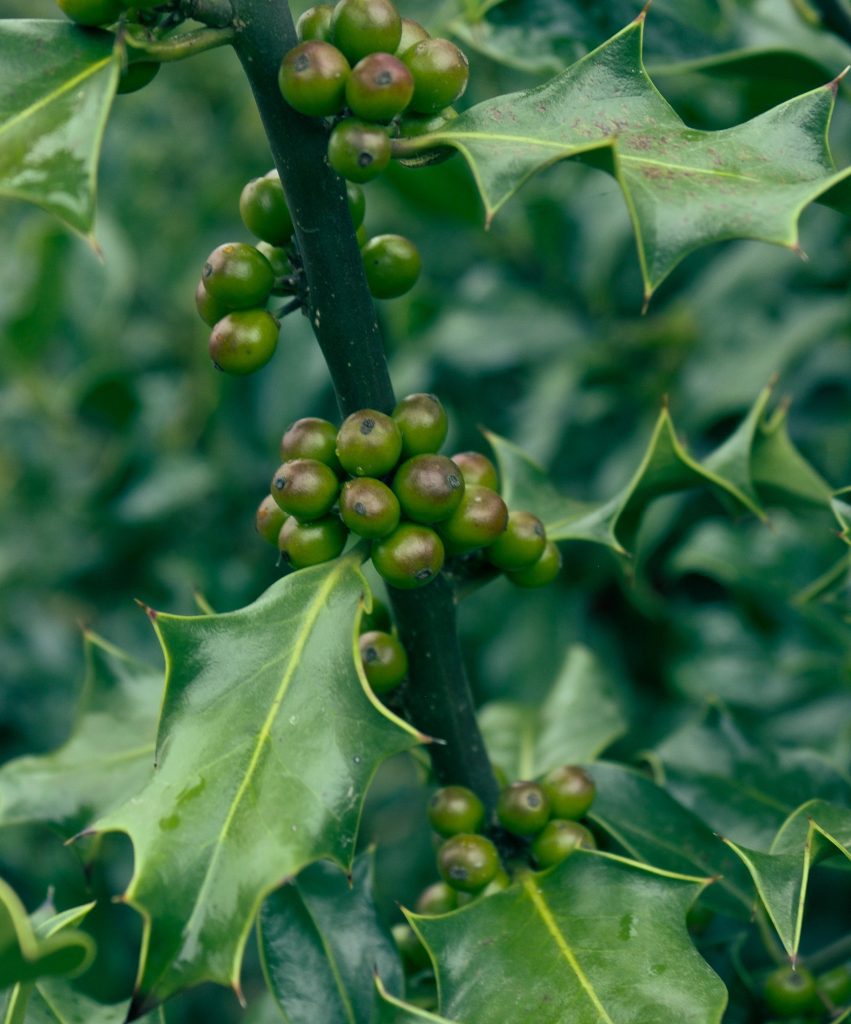Artemisinin is a chemical compound extracted from the wormwood plant, Artemisia annua L., that has traditionally been used as a treatment for malaria caused by parasites. Researchers at the National Cancer Institute’s Developmental Therapeutic Program have discovered that artemisinin may also be effective at destroying cancer cells that store high concentrations of iron, while leaving normal and healthy cells undamaged. Artemisinin carries an endoperoxide moiety that forms powerful free radicals in the presence of high iron, which helps to destroy the cancer cell membranes. It has been found to have anti-cancer activity against 55 cancer cell lines, and has shown to be particularly effective against leukemia, colon, lung, and breast cancer, including radiation-resistant breast cancer.
Artemisinin therapy has been found to hold unique properties which selectively attack cancer cells while leaving normal and healthy cells undamaged. It is activated by iron, which cancer cells accumulate as it is crucial for their rapid growth and proliferation. Most cancer cells have high rates of iron intake and express a high concentration of transferrin receptors on the cell surface. There seems to be a correlation between the aggressiveness of the tumour and the number of these iron receptors. Artemisinin has a peroxide bond that is activated by iron in order to generate hydrogen peroxide. This free radical of Oxygen stresses cancer cells, which are deficient in peroxide-neutralizing catalase enzyme. Normal cells with catalase can harmlessly dissipate the peroxides. Healthy cells are approximately 100 times less vulnerable to dying from artemisinin than cancer cells.
Suitable For
Conditions supported with Artemisinin:
Artemisinin has also shown some effectiveness against cancers that were traditionally resistant to chemotherapy. Other cancers that it was found effective for treating include melanoma, ovarian, prostate, renal and central nervous system cancers such as glioblastoma and neuroblastoma.
Research
Get In Touch With Us!
Wellbeing Medical Group thrives to keep your health the no.1 priority. Our staff are dedicated to work closely on your case and offer you the maximum support required to reaching optimized health goals. Each person is an individual for us and so is our approach.
National Coverage Available
Are you based outside of London seeking medical support with a complementary cancer care consultant?
Other Therapies
Hydration and Nutrient IV Support
High Dose Vitamin C IV Therapy





